I was using the silent-flow example and everything worked out fine. But then I saw that I have created 2 (Web & SPA) platforms. So I decided to do a cleanup. As I thought I just use the Web platform, I just deleted the SPA. But then the trouble came as I'm now getting always an error when trying to login.
So this is the current state when I have only one platform enabled.
When using SPA:
then I get
AADSTS9002325: Proof Key for Code Exchange is required for cross-origin authorization code redemption.
And when I use Web:
I get:
"xxx: The request body must contain the following parameter: 'client_assertion' or 'client_secret'.\r\nTrace ID: xxx\r\nCorrelation ID: xxx\r\nTimestamp: 2021-03-03 09:59:07Z - Correlation ID: xxx - Trace ID: xxx"
Maybe I do not understand something, but I only need one platform, correct?
I also tested with both enabled but getting the same issue you see above. Is my Azure Portal buggy maybe? Because I did not change anything except removing and adding platforms.
And for sure the setting Allow public client flows is set to Yes.






